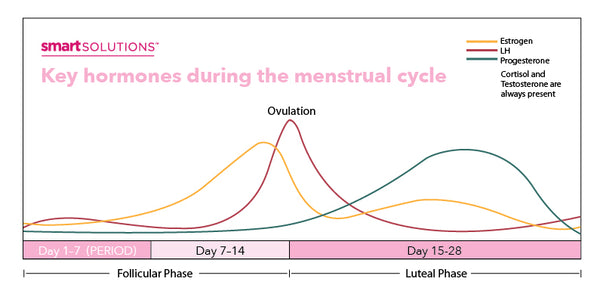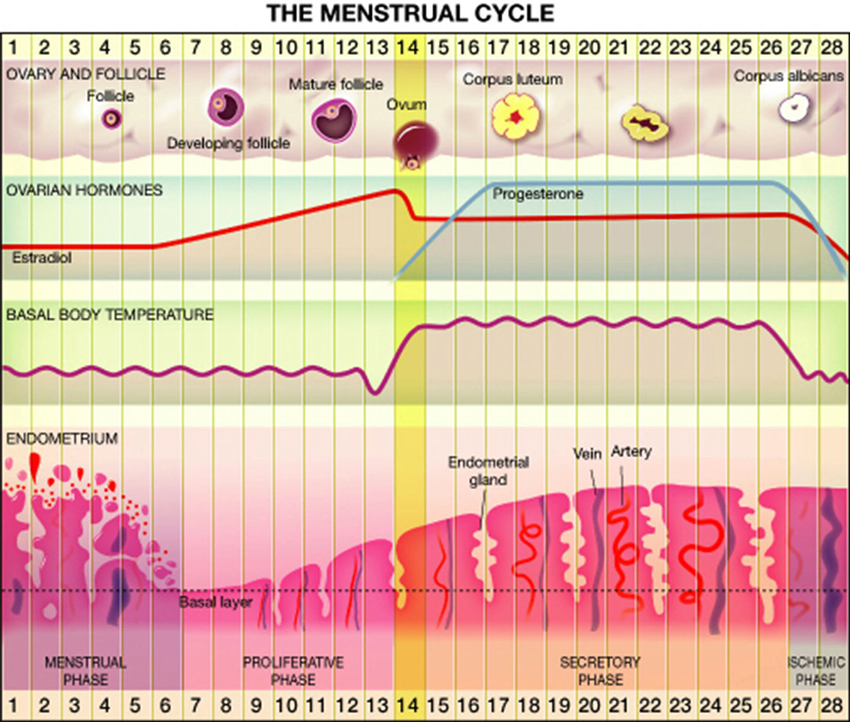

It can be a frustrating time, but ultimately in almost all cases a regimen is found that allows for symptom relief without the annoying bleeding. Once we have excluded more serious problems then we begin the trial and error of adjusting hormone dosing. To exclude these possibilities some combination of biopsy, ultrasound and hysteroscopy will be recommended. If the bleeding persists (even to a minimal degree) we want to be sure you don’t have a cancer, pre-cancer, polyps or fibroids in you uterus. When breakthrough bleeding occurs we will usually try an adjustment in the hormone levels first.

This requires a fine balance of the estrogen with the progesterone and in some cases can lead to some annoying breakthrough bleeding. However, most post-menopausal woman prefer not to continue menstruating so we often prescribe progesterone daily in order to keep the uterine lining thin and prevent overgrowth. This is duplicating what nature had done all of their reproductive years and is the most biologic way to use HRT.

Women on HRT who take progesterone for 12 days out of the month will continue to have a monthly menstruation. The estrogen to relieve symptoms of menopause, protect their bones and keep various body tissues normal, and progesterone to prevent overgrowth of cells in the uterus that are stimulated by the estrogen. Woman who are on hormone replacement usually receive estrogen and progesterone. Nature provided for a monthly event, called menstruation (a period) in order to prevent an abnormal accumulation of tissue in the uterus. When women take hormone replacement, the chance of bleeding episodes increases. Studies that may be done are a biopsy from the lining of the uterus, perhaps a transvaginal ultrasound and/or a hysteroscopy (an office procedure where a small optical scope is threaded into your uterus through the cervix to directly look at the inside of the uterus). The evaluation is necessary to confirm this because we wouldn’t want to miss a serious problem. Fortunately, the bleeding is usually benign in most cases. Resumption of bleeding or staining always requires a call to the doctor’s office and most likely will result in some testing to confirm that the bleeding is not representative of a serious problem like cancer or pre-cancer. Woman who are post-menopausal (defined as no menses for a year associated with other symptoms typical of menopause) should not begin to have any bleeding again.


 0 kommentar(er)
0 kommentar(er)
